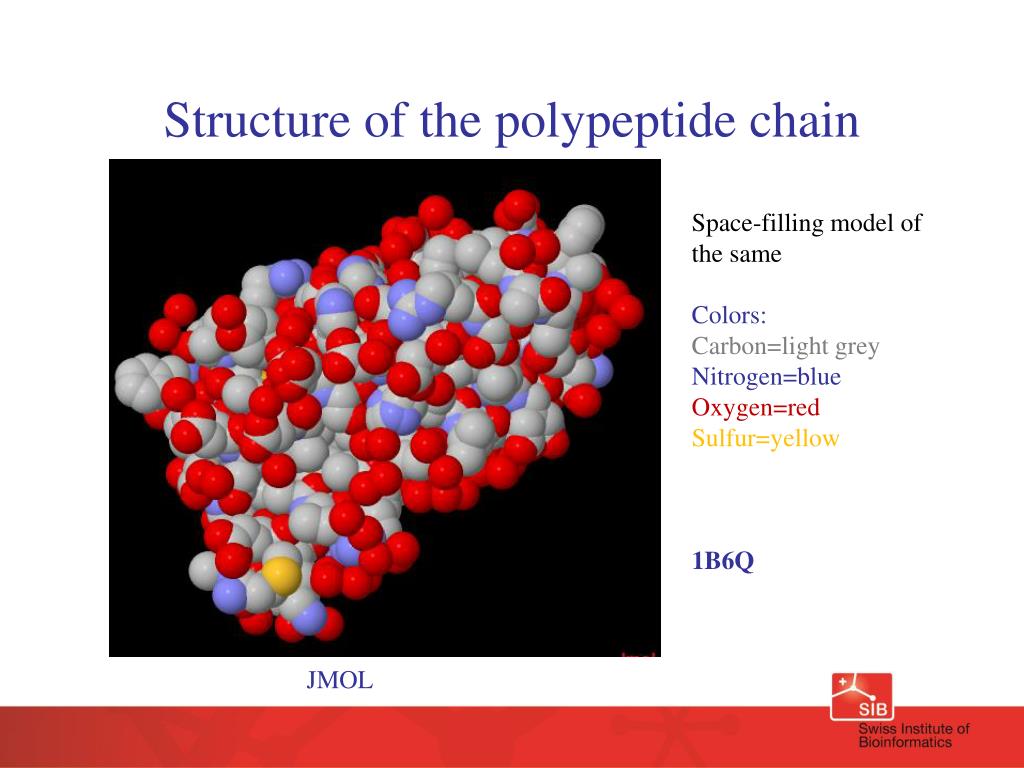
ENCoM has a similar performance profile on RNA than on proteins when compared to the Anisotropic Network Model (ANM), the most widely used coarse-grained NMA model it has the advantage on predicting large-scale motions while ANM performs better on B-factors prediction. We also introduce a novel way of using dynamical information from NMA to train multivariate linear regression models, with the purpose of highlighting the most salient contributions of dynamics to function. We adapted ENCoM to simulate the dynamics of ribonucleic acid (RNA) molecules, benchmarked its performance against other popular NMA models and used it to study the 3D structural dynamics of human microRNA miR-125a, leveraging high-throughput experimental maturation efficiency data of over 26 000 sequence variants. The Elastic Network Contact Model (ENCoM) is a coarse-grained normal mode analysis (NMA) model unique in its all-atom sensitivity to the sequence of the studied macromolecule and thus to the effect of mutations. This study confirmed the potential applications of CDs as molecular stabilizers and aqueous solubilizers for the improved bioavailability and efficient delivery of food bioactive compounds. Perpendicular conformations of the pharmaceutically active forms of PRT (1) and PRZ (2) are first observed crystallographically. The induced-fit process yielded thermodynamically stable complexes 2 > 1 > 3, in agreement with the density functional theory (DFT)-optimized structures with the corresponding number of intermolecular OH∙∙∙O H-bonds (7 > 3 > 1). Single-crystal X-ray diffraction (XRD) revealed that one PRZ (2) and one FEA (3) insert the aromatic B-ring and C=C–C=O(O) group respectively into the β-CD (2) and α-CD (3) cavities, whereas a half-occupied PRT (1) inserts the B-ring across the β-CD cavity. This study aimed to provide atomistic insights of β-CD–PRT (1), β-CD–PRZ (2), and α-CD–FEA (3) complexes. The second (middle) domain for each subunit is decribed as having a TIM barrel topology.Phloretin (PRT), phlorizin (PRZ), and ferulic acid (FEA) prevalent in apples are unstable and less soluble in water, which can be improved by cyclodextrin (CD) encapsulation. Human erythrocyte pyruvate kinase is an oligomeric protein containing four identical subunit. Place the file in the same folder as the "Jmol.jar" application file.
Jmol protein download#
Go to the PDB website and download the structure file with PDB ID 1LIU, which contains the atomic coordinates for human erythrocyte pyruvate kinase 1LIU. Now that you are an expert with using the Protein Data Bank website: View the animated tutorial on the Protein Data Bank website. The website has an animated tutorial that introduces the viewer to some the features of the new interface for the Protein Data Bank. The Protein Data Bank website currently contains close to 40, 000 structure files along with a wealth of information on structural biology and bioinformatics. The RCSB is a collaboration between Rutgers University, the University of California-San Diego and the University of Wisconsin-Madison. The best source of structure files for biological macromolecules is the Protein Data Bank, which is a Federally supported database that is hosted by Rutger University and is managed by the Research Collabratory for Structural Bioinformatics (RCSB). We will now obtain a structure file that we can work with with Jmol. Placing the structure files in the same folder as the "Jmol.jar" application will make them easier to find and open.Ĭreate a folder on your "username_X" share and place a copy of the "Jmol.jar" in the folder. To run Jmol as a standalone application, the only file you need is "Jmol.jar":įor this tutorial, we will copy the "Jmol.jar" application file to a separate folder in which we will also place the structure files for the molecules that we wish to look at with Jmol.

There are a number of files in the the folder, most of which are used to serve webpages containing Jmol applets. the version that will be used in this tutorial is "Jmol-10.3.1". Go to the Jmol website and download a copy of the latest version of Jmol.Īfter download the download file and extracting it you should endup with a folder called "Jmol-x.x.x", where x.x.x is the version number. Before you can get started with learning how use Jmol, you must first obtain a copy of the program, along with a file containing the atomic coordinates of a molecule that wish to view with Jmol.


 0 kommentar(er)
0 kommentar(er)
